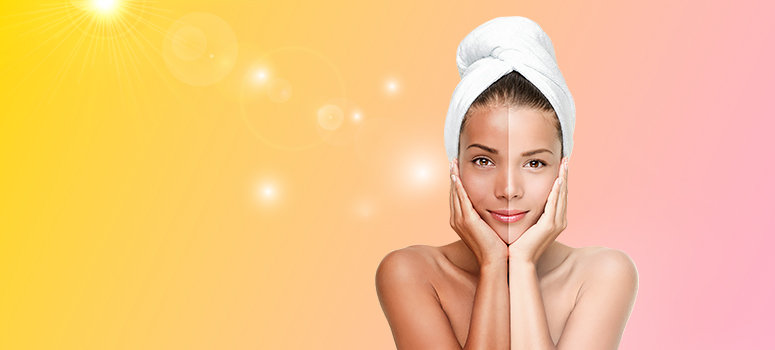Here comes the sun. Uh oh. Out of all the summer beauty problems, the issue that’ll always take the crown is sun damage on the face. Suntan, to be more specific. Especially for folks in tropical countries like India. When work lures us outside, the basic sun protection care most follow is smearing SPF all over and covering up. But does that suffice? Barely. Escaping the damage from the midday glare is next to impossible.
UVA exposure is to blame here: One of the two notorious rays that make the sunshine. These rays penetrate the skin’s deepest layers, breaking down the cell structure and leading to lines, pigmentation, and melanoma. In simpler words, they are the bane of premature aging and tanning.
Although, the importance of skin protection from the sun goes beyond beauty needs. In this blog, however, we’ll take notes on dealing with a face tan.
Different types of suntans and their signs
Before we proceed, there are a few suntan types we must get acquainted with. An afternoon spent basking in the sun, whether intentionally or otherwise, can have varying effects on different skin colors.
| Skin color | Reaction to sun exposure | Level of tanning |
|---|---|---|
| Pale white | Always burns | No tan |
| White to light beige | Burns easily | Minimal tan |
| Beige | Burns moderately | Tans to light brown |
| Light brown | Burns minimally | Tans to moderate brown |
| Moderate brown | Rarely burns | Tans to dark brown |
| Dark brown or black | Never burns | Tans profusely |
Skincare by itself is complicated. Add to that the scorching summer sun, and you’ll have constant room for ‘oh-nos.’ That’s why it’s a good idea to regularly indulge in de-tanning sessions at home. A notable exception to this is sunburn treatment. Keep in mind that a dermatologist will be better equipped to help you in case of harsh sunburns.
5 ways to say goodbye to suntan
So now that you’ve wised up to the sun’s unavoidable effects, let’s look at six things that deserve a spot in your de-tanning routine.
1. Exfoliation
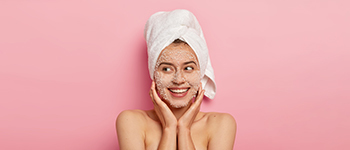
2. Skin Lightening Products
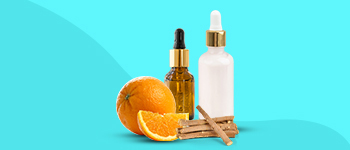
3. Chemical Peels
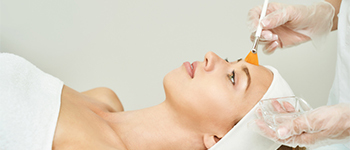
- Superficial peel
- Medium peel
- Deep peel
Do consult a dermatologist before going ahead with either one of these. It’s always a good idea.
4. Microdermabrasion
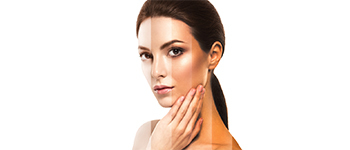
- Crystal Microdermabrasion Tiny particles are sprayed on your face through a wand.
- Diamond-tip Microdermabrasion Your skin is exfoliated with direct contact by an applicator.
5. Face Packs

But, if you’re picking up face packs for the entire month, add hydrating ones more. And restrict the use of lightening ones to once a month.
Final words
Suntan is a benign matter and nothing that warrants medical attention. However, vanity might disagree. To it, it’s unwelcomed, and in the summers? Predictable. Since you’re bound to suntan, focus your attention on damage control. The above listed ways are a great way to do so. A dermatologist visit may be a better option for skin that’s been too tanned.
With the advancements in technology, in-clinic skin treatments can help your skin with just about anything. Even tan removal and minimization of sun damage on the face. These options are especially great when racing against the clock and when you don’t have the time to try other de-tanning remedies. But always consult an expert before going ahead with any tan removal treatment in the clinic.
To know more about sun protection and ways to deal with specific problems, you can check out our other blogs and videos. We can also help you connect with an expert dermatologist who can give you personalized guidance to help deal with your sun damage issues. Find a dermatologist near you.

